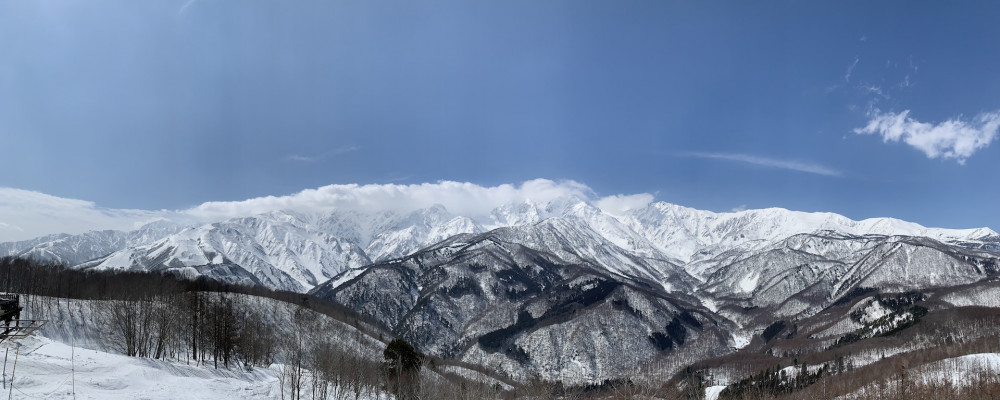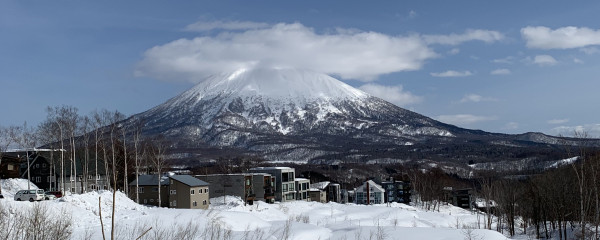News
Need some inspiration for your next ski holiday to North America, Norway or Japan?
Our news articles aim to keep you informed of the latest developments and offer insights into how to maximise your holiday.
Niseko v Hakuba - Our Two resorts in Japan

Niseko v Hakuba
When comparing Japan’s two most famous ski regions—Niseko (Hokkaido) and Hakuba (Nagano)—you’ll discover two world-class destinations, each offering unique experiences in terrain, atmosphere, accessibility, nightlife, and value. Here’s a deep dive into their main differences:
Ski Area Differences
Niseko United is made up of four interconnected resorts—Grand Hirafu, Niseko Village, Annupuri, and Hanazono—offering about 325 hectares of consistently linked terrain. What truly sets Niseko apart is its legendary powder: the region famously averages around 14m of snowfall per year, with extremely light, dry snow and extensive, lift-accessed sidecountry via a well-managed gate system. Niseko’s pitch isn’t especially steep, but its off-piste, tree zones, and continuous powder runs make it a mecca for powder enthusiasts, intermediates, and adventurous beginners.
Hakuba Valley encompasses 10 resorts spread across a broad valley, covering over 1,000 hectares in total—however, the majority are not directly interconnected and require shuttle or taxi transfers for access between major hills. Hakuba provides more diverse and notably steeper terrain, with Happo-One and Tsugaike standout for long, open groomers, alpine bowls, and exceptional expert backcountry access. Advanced skiers should note Hakuba’s more challenging runs and true alpine feel, while new and intermediate skiers will appreciate wide, quality groomers and gentle learning areas scattered throughout the valley.
Accessibility & Getting There
-
Niseko: Situated on Hokkaido island, travellers typically fly into New Chitose Airport (Sapporo), then take a 2-3 hour express coach or private transfer to the resort. Although not always direct from the UK, transfers are efficient and well-organized once in Japan.
-
Hakuba: Located on Honshu, Japan’s main island, you can reach Hakuba via a bullet train from Tokyo to Nagano (about 1.5 hours), followed by an hour-long shuttle or bus to the resorts. It’s generally faster for visitors arriving into Tokyo, with more direct UK flight options. For those traveling within Japan, Hakuba is seen as the more convenient mountain access.
Nightlife and Après-ski
Niseko is renowned for its vibrant, international nightlife—especially around Hirafu village. Here, you’ll find everything from intimate cocktail lounges and live music venues to energetic clubs and a cosmopolitan après-ski scene that attracts a global crowd. The selection of bars, craft breweries, and late-night restaurants is unmatched in Japan. Niseko also excels in fine dining, boasting several Michelin-starred restaurants and fusion eateries with world-class chefs.
Hakuba offers a more laid-back, rootsy nightlife—smaller bars, hidden izakayas, reggae hangouts, and quirky underground venues dot the villages. Echoland and Happo Village each provide clusters of great après options, but the scene is more local and less cosmopolitan. If you crave authentic, cozy atmospheres, Hakuba delivers, but don’t expect the all-night party vibe of Hirafu in Niseko.
Value for Money
Hakuba is generally considered the better value for budget-minded skiers. Accommodation costs range widely but tend to be lower, transport from Tokyo is cheaper and easier, lift passes offer access to multiple resorts, and dining out at local izakayas is very affordable. Hakuba’s broader resort dispersion dilutes crowds and helps keep overall spend lower—plus, more local options reflect authentic Japanese hospitality.
Niseko commands premium prices, particularly in the central Grand Hirafu area, where luxury hotels, international clientele, and booming property development have pushed up both accommodation and dining prices. However, the exceptional powder, convenience of one ski pass for all linked terrain, and world-class amenities can justify the cost for many. Niseko generally suits those seeking luxury, lively après, and the ultimate powder experience, while Hakuba is optimal for variety, value, and a genuine Japanese ski trip.
In Summary
-
Niseko: Superior powder, compact layout, world-class nightlife, luxury experience, more crowded, more expensive, extremely international.
-
Hakuba: Steeper terrain, greater bluebird days, authentic villages, quieter slopes, overall better value, easier access from Tokyo—ideal for those wanting real Japanese culture paired with stellar skiing.
Ultimately, you can’t go wrong, but your priorities—powder and nightlife or diverse terrain and value—will determine your best fit.
